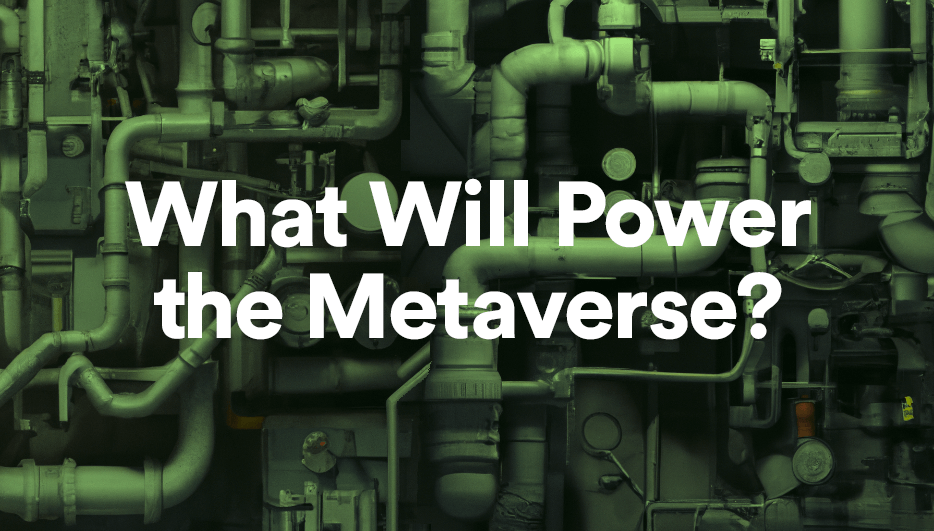- Intro
- So What is the Metaverse in Reality?
- Game Systems in the Metaverse
- What Does a Metaverse Backend Require?
- Diving In Head First
By now, it’s become hard to miss talk of the metaverse. Like so many emerging technologies before it, it has become the subject of a ferocious wave of hype.
Much of that hype is nothing more than well intended excitement about the future. Yet at the very same time, hype tends to misrepresent the reality of its subject matter’s potential, sometimes prompting innocently unrealistic expectations from the general public. That’s something we saw with virtual reality, when a little too much was promised before it was ready, leading to over-expectation followed by disappointment. Over time VR has matured to the point where it can absolutely deliver, but it certainly had its own battle with managing the expectations hype established.
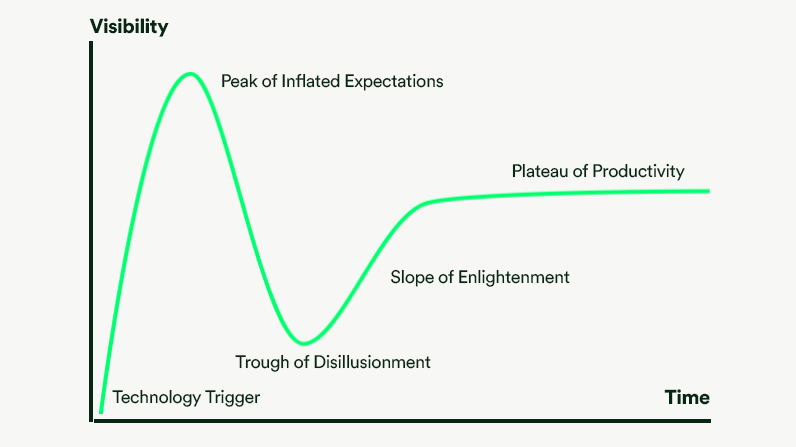
In the case of the metaverse, some eager observers deliriously dream of a future where we as individuals can exist in a far-reaching virtual world, moving through a singular place made up of multiple games, social experiences and other content that is seamlessly stitched together. The idea is that we can each have an individual presence there, consuming connected experiences with a persistent, consistent avatar, interacting and socialising all the way. A little further forward, some speculate, the real and virtual realms might become entirely entwined, leading to us humans existing solely in and across the metaverse. Or perhaps we’re living in a virtual world already.
That’s not a wholly impossible future, and it’s certainly a tantalising notion. But while there’s so much enthusiasm around what the metaverse could be, there’s much less conversation around the reality of the technology behind it. The fact the metaverse will likely need to be built from many distinct technologies that function together as one does get some attention. But what about multiplayer networking that can support tens of thousands of players potentially connecting across different content, or the need for a backend that can manage such a diverse feast of items, accounts, users and more? Those things have been on our mind for quite some time at LootLocker.
So What is the Metaverse in Reality?
Peak behind the hype, and a handful of more nuanced takes on the metaverse can be found. It’s a little early to say which will dominate, but today several technological movements are converging around a broad concept plump with potential. The likes of VR, AR, mixed reality, web3 and games as venues for other experiences might all become pillars of what the metaverse is. If you’re a game maker, then, it’s perhaps time to start thinking about what the metaverse could mean to what you create. The fundamental rules of making great games may not change much at first, but what goes on behind metaverse-connected games will be more important than ever.
Whatever your belief is in terms of what the metaverse can or will be, most agree the metaverse should be a highly social place where you can move between different digital experiences without the likes of shutting one down to boot up another.
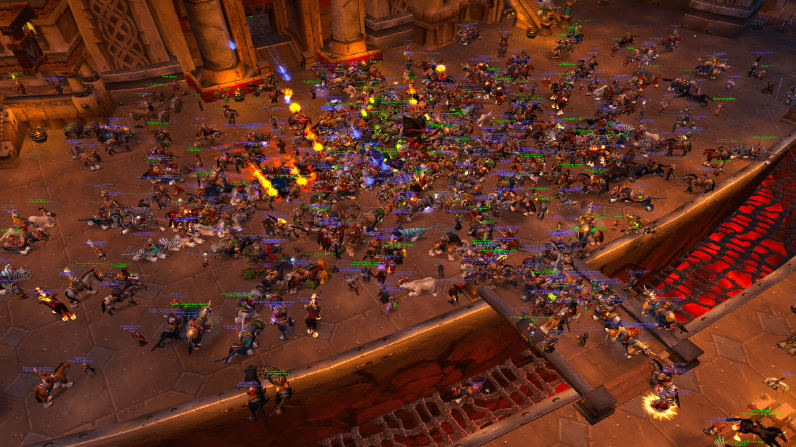
As gamers, that general concept isn’t too alien or intimidating. If you’ve attended a concert in Fortnite with a friend based far from your real-world home, you were arguably in something of a proto-metaverse. In bringing strangers together in reality, while mixing up virtual and physical realms, Pokémon GO! explored early metaverse-like concepts. Roblox, with all its integrated user-created worlds, could be framed as a micro-metaverse of its own. Defining MMOs like World of Warcraft - with its hub cities, guilds and emphasis on shared and social gameplay - certainly hint at metaverse concepts. And that time you snuck in some mobile multiplayer whilst also being on a Zoom call? An academic might consider that as a metaversian experience (don’t worry – your secret’s safe with us!).
At LootLocker, we’re firm believers that the first wave of metaverse experiences will originate from games, or be championed by game-like experiences. That’s because so many games already offer highly social 3D environments that bring together people from across the real world. Gamers too have grown up happily immersing themselves in these worlds for days on end. And, of course, games so often help usher new technologies into the mainstream.
Game Systems in the Metaverse
Imagine, for a moment, that the metaverse exists, and you are making a game for it. You’ll certainly want heavy customisation to allow users to express individuality. Social features will be key. Digital ownership of content will also be central (fashion brands are already exploring ways they can sell digital items to our metaverse identities), so currency, cosmetics, and payment systems will absolutely have a role.
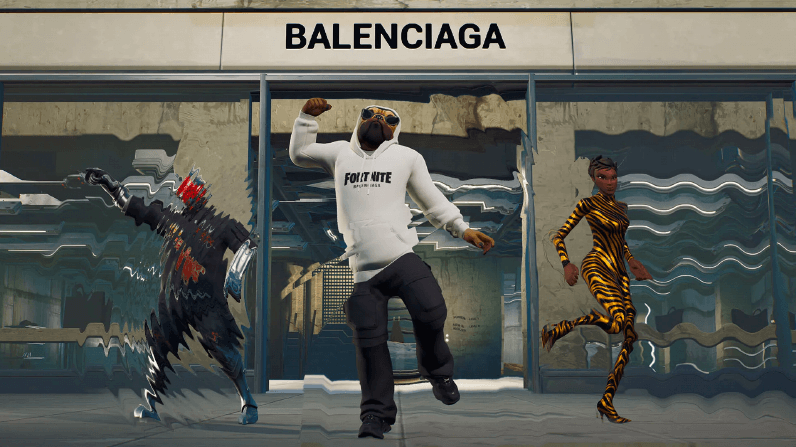
The metaverse is also perhaps the ultimate example of cross-platform. Indeed, it’s cross-platform, cross-content, cross-technology, and cross just about anything else you can imagine. So having a robust backend that can manage connecting so many players and platforms will be key. Yet few people actually question the technological needs to support all of this, while considering the barrier of entry for new creators joining the metaverse.
You’re probably already imagining some of the challenges. Which currencies will become the standards, and how will they be regulated? How might content built in Unity be seamlessly integrated into Unreal-made games? How can you transfer your friends from one platform to another? How will platform holders and publishers come to an agreement about connecting all their IPs and technologies? How will you make sure your game is compatible with such a vast, diverse virtual world?
Part of the answer is that for the coming years we are likely to see more contained smaller scale metaverses. It would be easy to imagine Facebook owner Meta partnering with a select group of game makers, technology providers, IP owners and publishers to construct their own metaverse. Web3 and blockchains (something we’ll be addressing future blog posts), also provide a potential solution in terms of tracking digital items and providing universal systems for the likes of currency and avatars.
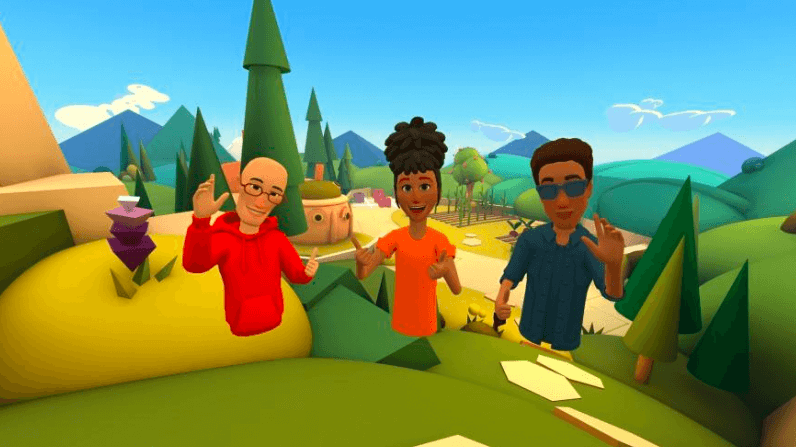
And yet the challenge of making everything work in harmony remains tremendous. Again, it's the backend that really defines the metaverse and its inherent connectedness. As such, exploring what that means and how it will work remains fundamental in terms of beginning to understand making content for the metaverse.
What Does a Metaverse Backend Require?
[Note to the reader: While we talk about technology powering the metaverse, we will kindly skip over the actual multiplayer networking challenges that exist when connecting hundreds of thousands to millions of players together. Thankfully the skilled engineers at companies like Photon, Coherence and Improbable are hard at work on exactly that.]
As we’ve built our backend platform at LootLocker, the metaverse has been firmly on our mind. We’re far from a metaverse-only provider, but in developing something ‘metaverse-ready’ we’ve learned a lot about what devs need to consider. And we are, of course, thrilled to share that:
Game Systems
A fundamental of our backend offering, we support game systems such as progression (xp levelling, reputation, battle passes), leaderboards (scores, rankings, times), collectables and achievements (ways to motivate and reward spending time exploring worlds), and missions (races, quests, objectives and so on). Considering the metaverse’s highly social, connected nature, games and experiences made for the metaverse will need to consider all these things to be fun and engaging. Even in reality today your smartwatch has daily progression, achievements and missions systems challenging you to be active. The same will be true for the metaverse. Handing over the development of those features to a reliable backend will let you focus on making an immersive world.

Content
With so many individual avatars, scarce items and interoperable environments, the metaverse will involve a lot of content. You might find your metaverse game is more content-heavy than even your most ambitious project to date. LootLocker has built content management systems to ensure things like cosmetic variations, multiple currencies, and a bustling UGC community don’t crowd your database. We’ve also built systems to manage how items and characters interact, how currencies are used, converted and spent on items, how user generated content is moderated and curated, and how individual items can contain unique data and be assigned unique IDs to allow for interoperability, trading, and, ultimately, ‘true digital ownership’ that doesn’t require a blockchain. Again, consider that succeeding in the metaverse will come from leaning into its connected strengths, and building ecosystems that work to engage, retain and monetise players.

Authentication
Authentication – the process of confirming individual players and their details – will be key to the metaverse, with so much of its potential being based around the idea of users having individual, consistent avatars or representations that move between different content. We’ve built systems to allow for guest login, platform login, and even White Label authentication that lets players take their accounts across multiple platforms. We’re also working on providing ‘Universal Player Authentication’, which will make it possible to sync your accounts across all devices. In short, having reliable authentication systems in place that have been built to work within the metaverse will be critical to your games’ success – and we’re confident LootLocker can provide that, freeing you up to work on making your game thrive.
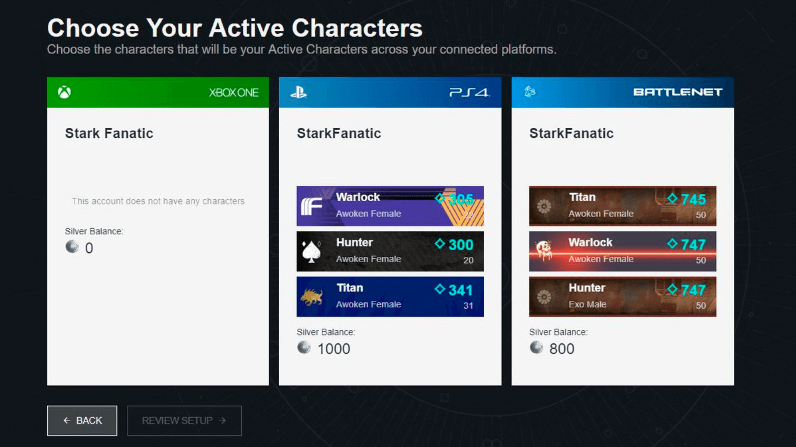
Player Management
It might not be the most creatively inspiring element of the metaverse, but having systems in place that support the likes of player storage (be it files or key/values), account auditing, and gifting and refunds will be key to you building and supporting a base of happy, engaged and connected players that become evangelists for your game. If something happens to go wrong, you can rest assured that our service is there to make sure no damage is done. We’ve built an interface into LootLocker that lets you easily search for accounts so you can provide exactly those things, as well as moderating players. Our aforementioned Universal Player Authentication option will also help with player management. Again, these are exactly the kind of things you should be considering as you start to plot what your contribution to the metaverse might be.
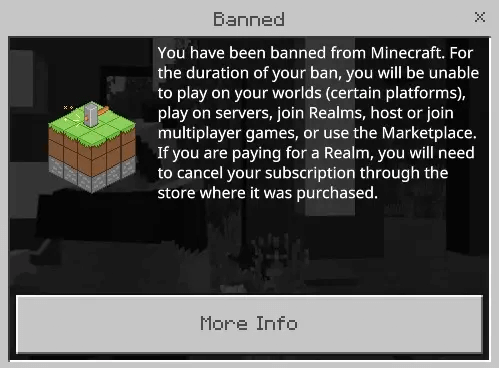
Diving In Head First
At LootLocker, we certainly don’t know exactly how dominant the metaverse will be 20 years from now. Its true final form currently remains a relative mystery. But the model of the metaverse emerging today is one about social content, connecting players, and bringing experiences close together across all devices.
It’s certainly a little intimidating to consider making a game for this new world. You might even find that a ‘non-metaverse’ game you make today grows into something so successful and vast that it evolves into a metaverse experience or a metaverse of its own - something intimidating in a slightly different way.
Either way, a little preparation today to embrace the future potential of the metaverse will go a long way tomorrow. Right now, that might simply be about continuing to educate yourself and your team, continuing to understand what factors will and do matter. So you’ve already done some of that work by reading this blog - great job. And then, when you're ready to set off to starting building that game, remember what you've learned here: building a game that can become something more all starts with a quality backend. 😉
